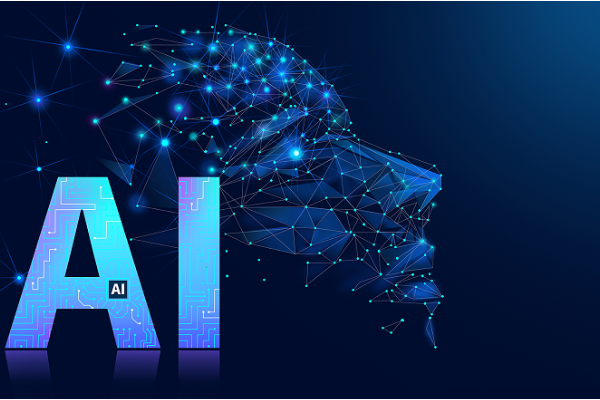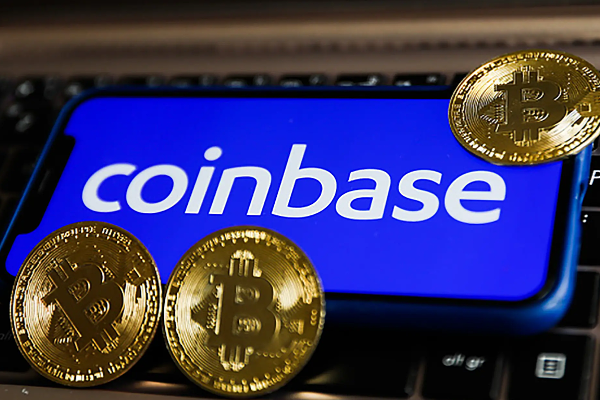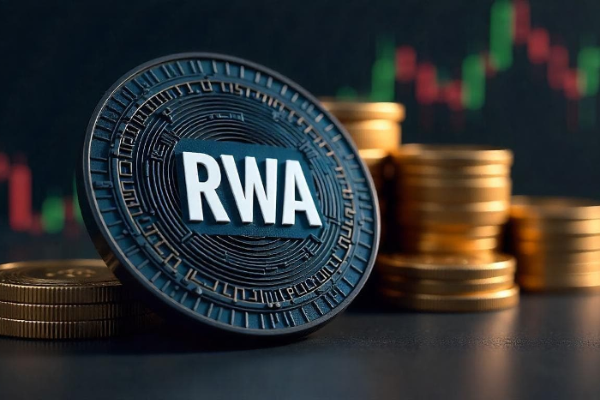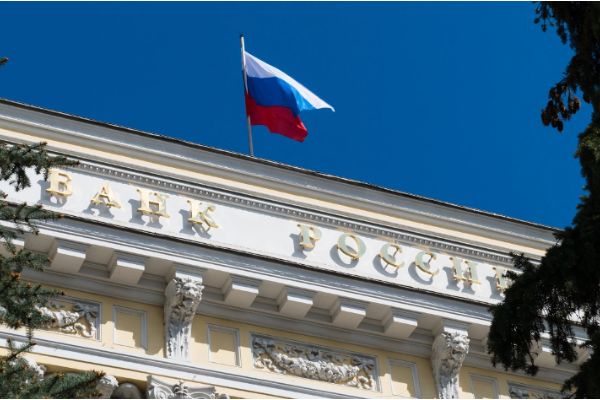Why are NFTs important to gamers? What is the future of NFTs in gaming?
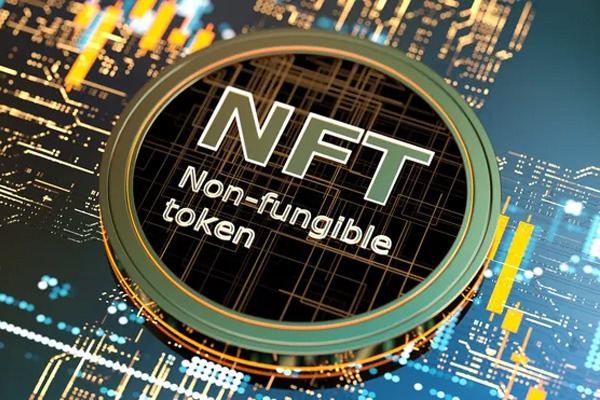
NFTs are designed to provide true ownership of in-game assets, allowing gamers to independently sell, monetize, and display their gaming assets.
NFTs are committed to bringing a fairer, more authentic gaming experience because they are tied to the blockchain rather than the game itself.
The use of NFTs in gaming is designed to bring change to the industry, providing a whole new level of interaction and value to gamers.
What are NFTs and how do they work in gaming?
Non-fungible tokens (NFTs) are digital assets owned by individuals through the blockchain. Unlike traditional gaming assets that are tied to the game itself, NFTs are tied to the blockchain. This means that anyone holding a private key can access and control them, allowing the owner to use the asset as they wish, just like a real item. This is different from traditional gaming assets, which give players very limited use and control over their items.
Why is true ownership of gaming assets important?
In traditional games, assets such as skins, artwork, and characters are tied to the game itself. This means that when you stop playing or switch to a new platform, your digital assets and the identity you have built with them disappear. With NFTs, gaming assets are tied to your address on the blockchain, not the game. This gives you independent control over the sale, monetization, display, and management of your game assets, bringing your digital experience closer to real life.
What is the future of NFTs in gaming?
The use of NFTs in gaming is still in its early stages, but it aims to be transformative for the industry. As more gamers realize the benefits of NFTs, and as more game developers incorporate NFTs into their platforms, we can expect to see a shift in gaming experiences toward fairer, more authentic ones. This could lead to a new era in gaming where digital assets have real-world value and gamers truly own in-game items.

